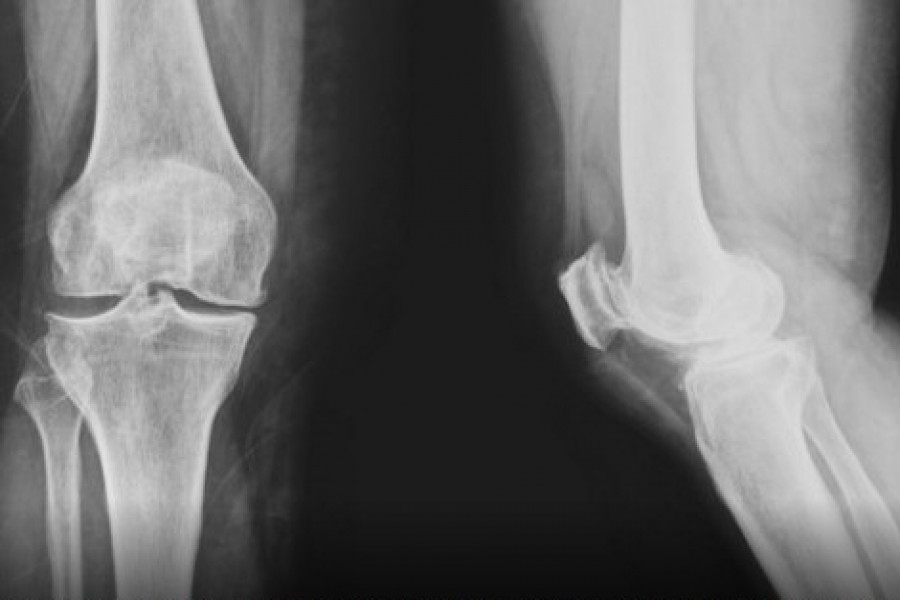Women and children in Bangladesh have been suffering acutely from multiple micronutrient deficiencies, says a survey disclosed on Sunday.
Women of reproductive age are facing alarmingly high vitamin D deficiency, the survey added, saying "children under five years of age, and non-pregnant and non-lactating women in the country still significantly lack micronutrients."
Dr Aliya Naheed, a scientist at the Health Systems and Population Studies Division of icddr,b and the survey's principal investigator, presented the findings at the seminar.
The 2nd National Micronutrient Survey in Bangladesh 2019-2020 sharing event, organised by The National Nutrition Services (NNS) of the Institute of Public Health Nutrition (IPHN), Directorate General of Health Services (DGHS), and icddr,b was held at a city hotel.
Micronutrients are vitamins and minerals that the body needs in small quantities. However, their effects on the body's health are crucial. The chronic shortage of any of them can result in potentially severe illnesses.
Micronutrients give the body the ability to manufacture enzymes, hormones, and other substances required for appropriate growth and development.
Micronutrient deficiencies have a disproportionate impact on low and middle-income countries.
The survey found that among the children under five, 31 per cent had zinc deficiency, 20 per cent had iodine deficiency, and 15 per cent had iron deficiency. While in the case of vitamins, 22 per cent had vitamin D deficiency, and 7 per cent of children had moderate vitamin A deficiency.
Compared to the findings of the 1st National Micronutrients Survey 2011-12, the prevalence of micronutrient deficiency status improved for three indicators -- vitamin A, Zinc, and vitamin D -- while the iron level declined.
Among the non-pregnant and non-lactating women, 43 per cent had zinc deficiency, 30 per cent had iodine deficiency, 29 per cent had folate deficiency, and 14 per cent had iron deficiency.
An alarming 70 per cent of NPNL women lacked vitamin D, 20 per cent had vitamin B12 deficiency, and only 7 per cent of women had mild vitamin A deficiency.
In addition, 21 per cent of children and 29 per cent of non-pregnant and non-lactating women had mild to severe anaemia, the survey found.


